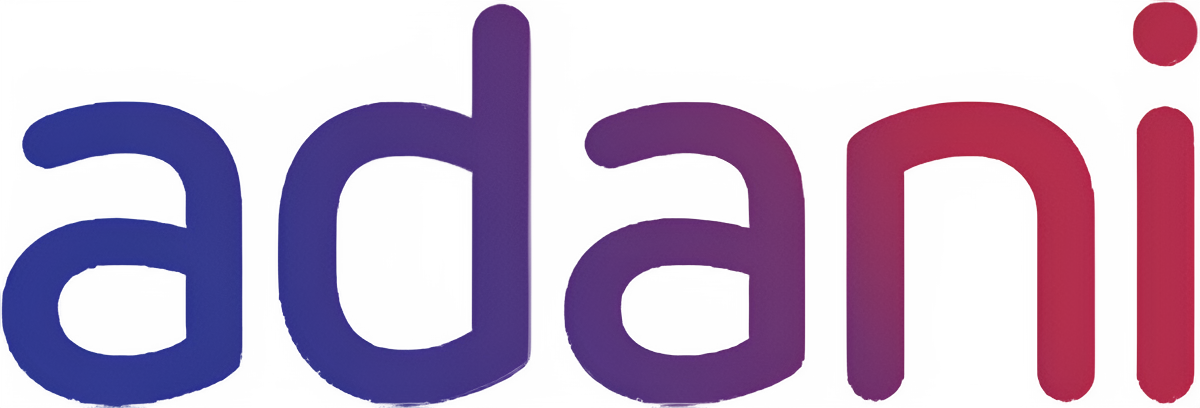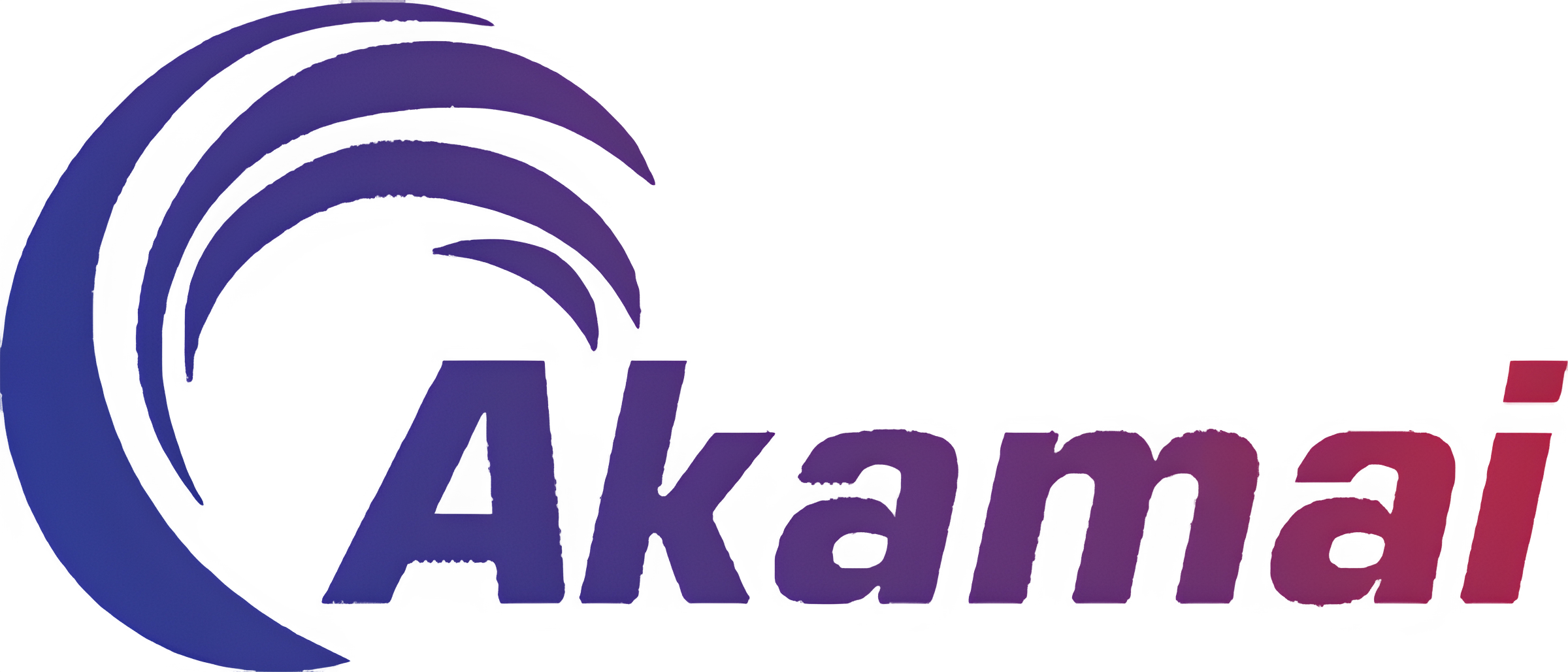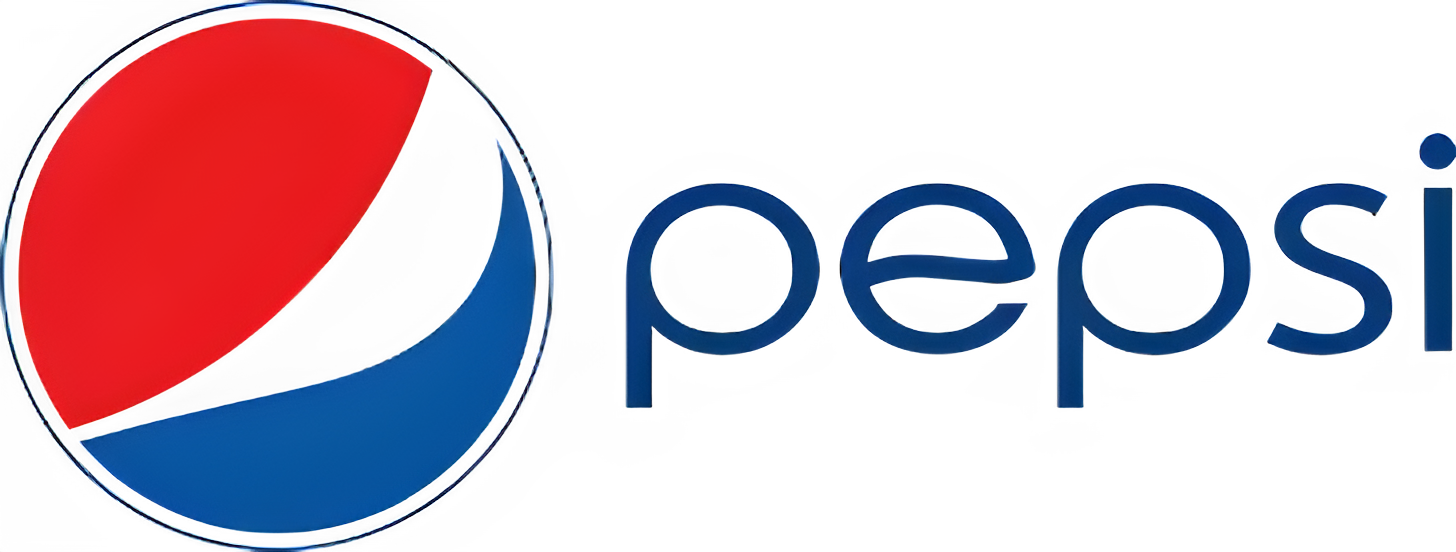Building a Property Rental App Like Airbnb: What You Need to Know
Building a property rental app like Airbnb demands a strategic blend of market insight, feature-rich design, robust architecture, and meticulous compliance. The global short-term rental market is forecast to exceed USD 140 billion by 2026, driven by consumer demand for flexibility and unique accommodations. Core features—host and guest onboarding, listing management, real-time availability, secure payments, reviews, and messaging—form the foundation, while advanced capabilities like dynamic pricing, AI-driven recommendations, and subscription models offer differentiation. Depending on feature scope and technology choices, property rental app development costs range from USD 65,000 for a single-platform MVP to over USD 300,000 for enterprise-grade, multi-platform solutions.
A microservices architecture on cloud infrastructure (AWS, GCP) ensures scalability, while CI/CD pipelines and container orchestration (Kubernetes) deliver continuous updates with minimal downtime. Post-launch, engaging an affordable software maintenance company for ongoing security patches and feature enhancements is crucial. Leveraging expertise from a specialized property rental app development partner accelerates time to market and optimizes budgets, laying the groundwork for sustained growth and competitive advantage.
Market Context and Opportunity
The peer-to-peer vacation rental sector has disrupted traditional hospitality by empowering individuals to monetize spare space. Platforms like Airbnb report 10 million users and facilitate hundreds of millions of bookings annually. The 2025 U.S. short-term rental outlook projects continued growth, with urban markets and secondary destinations gaining traction. Factors such as remote work trends, experiential travel, and regulatory harmonization in many regions have expanded the addressable market. New entrants can capture niche audiences—luxury stays, eco-friendly listings, or long-term rentals—by tailoring feature sets and user experiences.
Also Read: - What’s the Real Cost of Building a Car Rental App Like Turo or Getaround?
Essential Features of a Property Rental App
1. Host and Guest Onboarding
A smooth onboarding process is vital. Hosts must verify identities and properties via document scans and location confirmations, while guests require simple social or email registration flows. Biometric authentication (face/fingerprint) increases security and trust for both parties.
2. Listing Creation and Management
Hosts should be able to add property details—photos, descriptions, amenities, availability calendars—and update them easily. Automated image optimization improves loading speeds, while geocoding services pin map locations accurately.
3. Real-Time Availability and Booking Engine
Preventing double bookings requires synchronized calendars across platforms and conflict-resolution logic. Push notifications alert hosts to new requests and guests to confirmation or cancellation.
4. Secure Payments and Payouts
Integrating payment gateway providers (Stripe, Braintree, or region-specific options) with PCI-DSS compliance is non-negotiable. Automated payouts to hosts, refund management, and escrow flows for security deposits ensure smooth financial operations.
5. Reviews, Ratings, and Dispute Resolution
A two-way review system builds community trust. Hosts and guests can rate each other, with moderation workflows for disputes. In-app messaging and help-center integrations support conflict resolution.
6. Search, Filters, and Recommendations
Advanced search functions—filtering by date, price, amenities, and location—are complemented by AI-driven recommendations that surface listings based on user behavior and preferences.
7. Host/Guest Communication
Real-time chat with templated quick replies and threaded messages enhances responsiveness. Integration with email and SMS channels ensures messages reach users even when offline.
Must Read: - Best App Development Services in Dubai for Startup & Enterprises
Technology Architecture and Stack
A scalable property rental app development project typically adopts a microservices approach, isolating modules such as booking, payments, and notifications into independently deployable services. Containerization (Docker) and orchestration (Kubernetes) facilitate auto-scaling and rolling updates. Event-driven architectures using Kafka or RabbitMQ handle booking requests and real-time updates without bottlenecks. Databases include PostgreSQL for transactional data, MongoDB or Cassandra for session and cache storage, and Redis for low-latency lookups. RESTful or GraphQL APIs power communication between front-end and back-end, while CDNs and edge caching optimize static asset delivery.
On the mobile side, cross-platform frameworks (Flutter, React Native) speed development and save costs by sharing code, though native modules (Swift, Kotlin) handle performance-sensitive features like offline storage and complex animations. CI/CD pipelines automate builds, tests, and deployments, while infrastructure-as-code tools (Terraform, CloudFormation) ensure consistent environments.
User Experience and Design Considerations
A compelling UX differentiates successful apps. Key practices include progressive onboarding with contextual tips, skeleton screens to mask loading times, and micro-interactions (animated transitions, haptic feedback) that provide perceived performance boosts. Accessibility features—high-contrast modes, adjustable text sizes, screen reader compatibility—expand the user base. UI design should reflect brand identity through color schemes and typography, while maintaining clarity and scalability across devices. Conducting usability testing with real users uncovers friction points in booking flows and search filters, enabling iterative refinements.
Cost Estimation for Property Rental App Development
Cost varies by feature set, team rates, and region. According to industry benchmarks, a single-platform MVP with core functionalities costs approximately USD 65,650 for mobile and web combined, while a full-stack solution with advanced features can exceed USD 300,000. Offshore teams in Eastern Europe or South Asia may offer hourly rates of USD 25–50, whereas North American/Western European firms charge USD 100–200/hr. Typical cost breakdowns allocate 20–30% to UI/UX design, 40–50% to back-end development, 20% to front-end mobile/web, and 10% to QA and DevOps. Additional budgets for third-party service licenses (mapping, payments), analytics tools, and marketing should be factored in.
Also Read: - Top 7 Features Every Taxi Booking App Should Include
Monetization Models
Successful platforms employ multiple revenue streams:
- Commission Fees: A percentage cut from each booking, typically 3–15% from hosts and 6–12% from guests.
- Subscription Plans: Premium memberships offering reduced fees, priority support, or loyalty perks.
- Advertising: Sponsored listings or in-app promotions for local experiences and partners.
- Service Add-Ons: Cleaning fees, airport pickups, or travel insurance upsells.
Testing different pricing tiers and monitoring user feedback allows optimization of commission rates and subscription pricing.
Security, Compliance, and Data Privacy
Handling user identities, payment data, and personal preferences mandates robust security measures. Encrypt all data in transit (TLS 1.2+) and at rest (AES-256), implement OWASP top-10 protections against injection attacks, and employ Web Application Firewalls (WAFs). Compliance with GDPR, CCPA, and local regulations on short-term rentals (tax remittance, safety inspections) is essential. Regular penetration tests and audit log access trails reinforce trust and legal standing.
Marketing, Launch, and Growth Strategies
A successful launch combines pre-launch teasers, influencer partnerships, and referral incentives (e.g., “invite a friend, get 10% off”). App Store Optimization (ASO)—targeting keywords like “vacation rental,” “property rental app development,” and “short-term stays”—improves visibility. Content marketing (blogs on local attractions), social media campaigns, and collaborations with property owners drive acquisition. Post-launch, data-driven growth loops such as automated emails on abandoned bookings and dynamic pricing during peak seasons boost retention and revenue.
Must Read: - How Much Does It Cost to Develop Logistics Software?
Post-Launch Maintenance and Support
Long-term success relies on continuous improvements. Engaging an affordable software maintenance company ensures monthly security patches, library upgrades, performance optimizations, and minor feature rollouts. Maintenance budgets typically span 15–20% of initial development costs annually. Active monitoring via tools like Prometheus and Grafana, coupled with alerting for anomalies, safeguards uptime and user satisfaction.
Selecting the Right Partner
Choosing a specialized property rental app development firm accelerates delivery and reduces risks. Evaluate partners on:
- Domain Expertise: Experience building peer-to-peer or hospitality platforms.
- Technical Stack: Proficiency in microservices, cloud, and modern front-end frameworks.
- UX/UI Portfolio: Evidence of intuitive, high-conversion designs.
- Maintenance Offerings: SLA-backed support and DevOps capabilities.
- Cost Transparency: Clear estimates and milestone-based billing.
Dinoustech Private Limited exemplifies these qualities, offering end-to-end solutions that blend technical mastery with hospitality domain insights to deliver scalable, secure, and user-centric property rental apps.

















